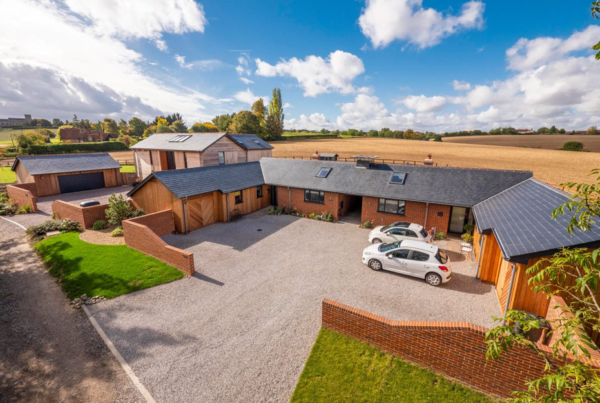What can you do if you are rejected for planning permission?
If you have recently made a planning application for a building project and had it refused, you may be feeling disappointed, and perhaps wondering what your next step should be.
No need to fret: there are still a variety of options available to you if your application is denied. Read the guide from Magnet Capital below to see what you can do if your planning permission application is refused.
Why has my planning permission application been denied?
There are a number of reasons as to why a planning permission application can be refused by local authorities. The most commonly cited are as follows:
- Your building project would restrict road access
- The building overshadows a neighbour, blocking light
- The project would cause a loss of privacy to other surrounding homes
- It has a negative impact on highway safety
- Your property is a listed building
- The building project impacts on trees
- The project uses hazardous materials
- The building projects appearance would be out of character with the existing property
Make changes during the application process
The planning permission process will typically take eight weeks, or 13 weeks at most if it is a more complex project.
In this time, you can make objections to some of your plans and it could potentially determine the outcome of your decision.
If objections are raised, it may be possible to make changes to your current application, providing that they are small and will not require the planning officer to start the process again.
Objections raised during this time, and a willingness from you to make changes could also see the planning office grant you planning permission, based on the condition that you confirm that you will address the objections. You will have to provide evidence to your local authority of having done this, and usually within a certain time frame.
Resubmit your application
If planning permission has been denied, and it was rejected on planning grounds that you believe can be resolved, then it may be worth making changes to your existing application and then to resubmit once more.
In terms of cost, resubmitting a planning permission application may be a little time consuming, but it won’t cost you anything more, providing that you resubmit the planning permission application within a 12 month period, and the overall outcome of the project still remains fairly similar to the originally planned project.
Launch an appeal against the rejection
If you believe that your planning permission application refusal has been unfair, then it could be worth investigating further about an appeal.
If you do decide to make an appeal, you will have to do so within three months (the deadline for homeowners) whilst if you are a developer, major projects will require an appeal within six months.

Making alterations to your planning permission application could make all the difference.
If your planning permission application is rejected, the council will automatically send you further information as to how you can appeal the decision.
When making an appeal that council has to respond to it within a period of six weeks. After you have received a response, you have three weeks in order to comment and provide any supporting evidence.
Get professional advice
If you are unsure as to what your next step should be, and what changes you might need to make, why not look at getting professional advice first before making a decision? This may be particularly worthwhile if you are intending to go through the appeals process, which can tend to be complicated and are used for the intention of being the last resort. As a result, a property finance adviser could help to give you clarity on the next step you should take.











